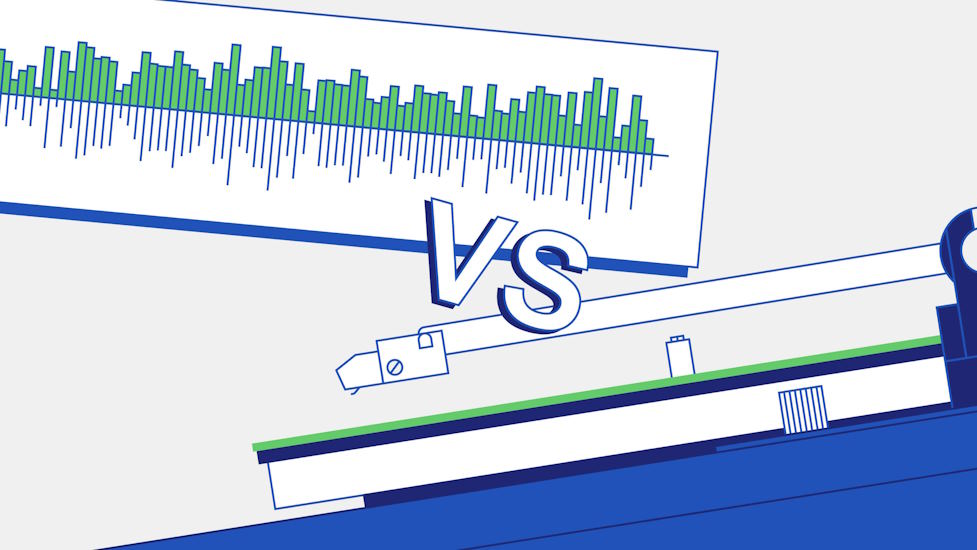As vinyl records continue to find their way into the turntables of devoted collectors and casual listeners alike, a romanticized perception of analog sound has taken root, creating an enduring belief in the unparalleled charm of vinyl. Yet, in the age of advanced digital technology and high-fidelity audio formats, it becomes imperative to question whether this allure is rooted in objective superiority or nostalgic sentimentality.
The Vinyl Sound Myth
Nostalgia and romanticism play pivotal roles in perpetuating the myth of superior vinyl sound. The vinyl experience is inherently intertwined with a bygone era, invoking a sense of nostalgia for those who reminisce about the crackling sound of a needle tracing the grooves. This emotional connection often translates into a belief in the inherent superiority of the analog medium. The perception of warmth in vinyl sound is another factor contributing to the myth. A quick list of good record players under 100 is incomplete without acknowledging the viewpoint of analog enthusiasts who assert that vinyl’s inherent imperfections, including surface noise and subtle distortions, add to a more organic and satisfying sonic quality. However, to debunk this myth, we must turn to objective measures of sound quality.

Objective measures include frequency response, dynamic range, and signal-to-noise ratio. While vinyl does have a distinct sonic profile, it comes with limitations. The frequency response of vinyl is constrained by the physical properties of the format, resulting in a gradual loss of high frequencies towards the center of the record. Dynamic range, the difference between the softest and loudest parts of a recording, is also affected by the limitations of the vinyl medium. Additionally, the signal-to-noise ratio in vinyl playback introduces background noise, impacting the clarity of the audio. These objective measures challenge the notion of inherent superiority, highlighting the compromises associated with analog technology.
Advancements in Digital Technology
To counter the vinyl sound myth, it’s crucial to explore the advancements in digital technology that have significantly enhanced the quality of digital audio. High-resolution audio formats, such as FLAC and WAV, offer lossless compression, preserving the original recording quality. Increased bit depth and sample rates contribute to a more detailed and accurate representation of the music. Furthermore, advanced audio processing algorithms, employed in mastering and equalization, have refined the digital listening experience. Noise reduction and audio restoration techniques have minimized the drawbacks traditionally associated with digital reproduction.
These advancements collectively contribute to a digital audio landscape that challenges the presumed superiority of vinyl. While vinyl may have its unique charm, the capabilities of modern digital technology have blurred the lines between analog and digital, offering listeners a diverse range of high-fidelity options.

Subjective Listening Experiences
Despite the objective measures, the vinyl experience remains deeply subjective. Personal preferences and individual perceptions play a significant role in shaping one’s affinity for a particular format. Emotional connections to the format, whether rooted in nostalgia or a tangible connection to the physicality of vinyl, can strongly influence preferences. Acknowledging the subjective nature of musical enjoyment allows for a more open-minded exploration of the diverse sonic landscapes offered by both analog and digital mediums.
Practical Considerations
Beyond the quest for sonic perfection, practical considerations also come into play when choosing between analog and digital. The convenience and accessibility of digital music cannot be overstated. Portability, ease of storage, and efficient organization are inherent advantages of digital formats. In contrast, vinyl demands meticulous care and maintenance, presenting challenges in terms of storage, durability, and susceptibility to environmental factors. These practical considerations further underscore the need for a balanced perspective when evaluating the merits of analog and digital music consumption.
